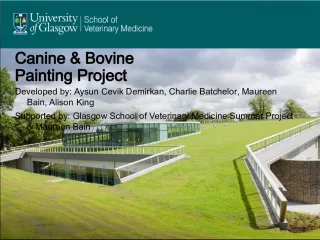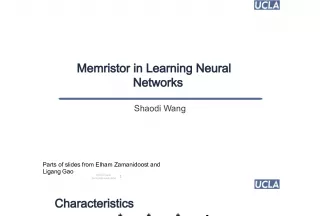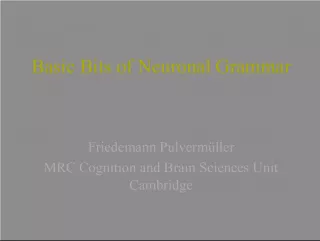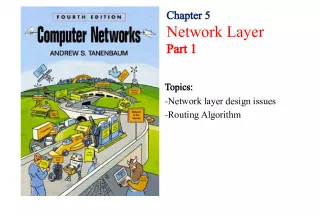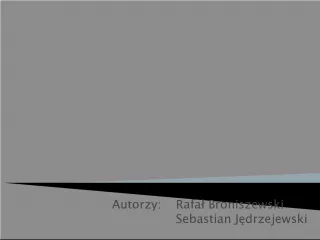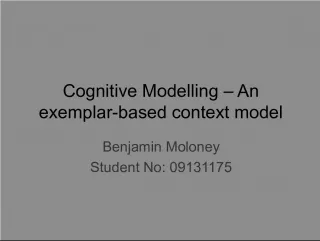Car Model Recognition with Neural Network CS679 Term Project by Sungwon Jung


This project aims to develop a neural network for recognizing preselected car models from photos of parked cars taken from the front and rear. Due to the lack of data and project scale, only recognition of ten common models in KAIST will be attempted.
- Uploaded on | 4 Views
-
 bellaboyer
bellaboyer
About Car Model Recognition with Neural Network CS679 Term Project by Sungwon Jung
PowerPoint presentation about 'Car Model Recognition with Neural Network CS679 Term Project by Sungwon Jung'. This presentation describes the topic on This project aims to develop a neural network for recognizing preselected car models from photos of parked cars taken from the front and rear. Due to the lack of data and project scale, only recognition of ten common models in KAIST will be attempted.. The key topics included in this slideshow are car model recognition, neural network, image processing, preselected models, KAIST,. Download this presentation absolutely free.
Presentation Transcript
1. Car Model Recognition with Neural Network CS679 Term Project by Sungwon Jung Computer Science Department KAIST
2. Introduction My initial idea Several hierarchical classification Car type -> company -> model .. Project scope is reduced to only car model recognition Reasons : lack of data, unreal project scale So, recognition of several pre-selected car model
3. Problem Definition Input Photo of cars which is parked Photo from front side and rear side Output The model name of the car (among pre-selected models) Dont consider unknown car Pre-selected model in experiment 10 common models in KAIST Accent, Avante, Espero, Excel, New Sephia, Pride, Sephia, Sonata, Sonata 2, Tico
4. Approach Take a picture Convert to gray scale Edge detection Part seperation Network construction
5. Data Collection Photo with digital camera 10 pre-selected models Color image of 756x504 pixels For one car, two pictures were taken From same direction Front Rear
6. Data Collection With similar size
7. Edge Detection Canny edge detection method Find strong and weak edges Include weak edges only when connected to strong edges Less likely to be fooled by noise First, convert to gray scale. Then detect edge.
8. Part Seperation To reduce complexity, separate by parts Front side Engine-cover, Head-light, Radiator-gril, front-overall From Tico From Accent
9. Part Seperation Rear side Rear-lamp, center part of rear, rear-overall From Pride From Accent
10. Network Architecture For one part, one network was constructed. Front Engine-cover : (input)231x135 -> 47x22, (hidden)522 Head-light : (input)137x68 -> 28x11, (hidden)159 Radiator-gril : (input) 92x54 -> 18x9, (hidden) 86 Front-overall : (input) 236x82 -> 48x13, (hidden) 317 Rear Rear-lamp : (input) 130x90 -> 26x15, (hidden) 200 Center part of rear : (input) 170x137 -> 34x22, (hidden) 379 Rear-overall : (input) 299x137 -> 61x22, (hidden)676 With these 7 modules, voting was performed
11. Results & Discussion Experimental result Training with 100 sample data Evaluation with 90 data It shows accuracy of about 82% From experiment, In one model, designs are almost similar for car So different with handwritten pattern recognition More tuning of network structure may be helpful Further, Weighted voting from each module may helpful For more models, how can we manage them? (not only 10 model)


